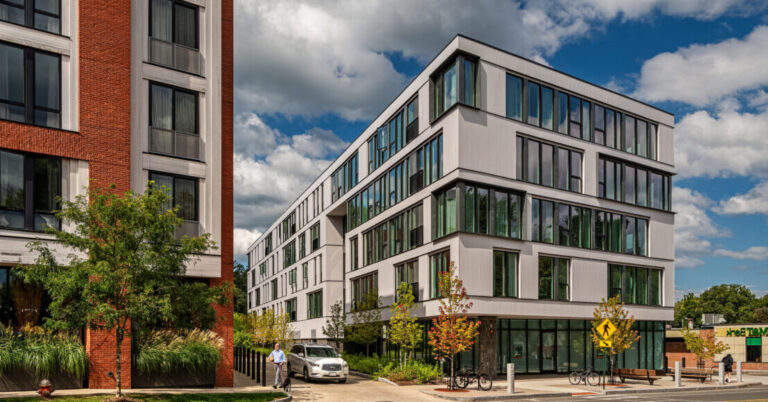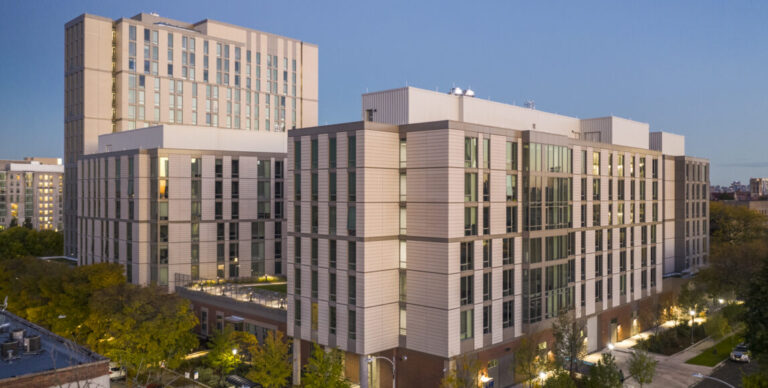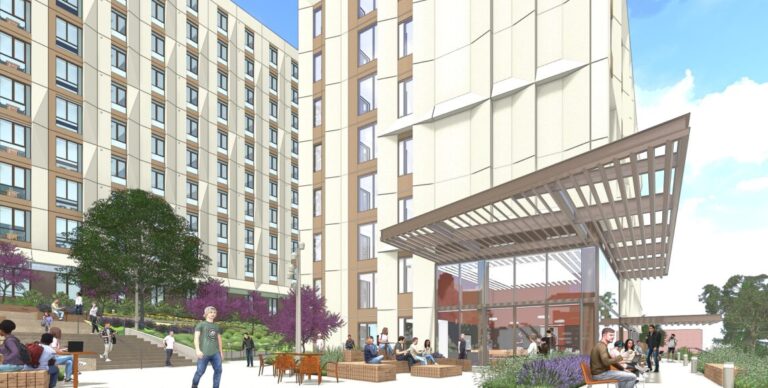Guaranteed Maximum Price: What does it really mean?

Imagine this scenario…
- Interest rates are very high…upwards of 12%.
- Business is expanding rapidly and office and industrial construction projects are booming.
- Controlling the cost of capitalized interest is as important as controlling hard costs in the project budget.
This real-life scenario was the 1970’s through the mid-1980’s when “time is money” was never more true in design and construction. And in this schedule driven environment, the Guaranteed Maximum Price (GMP) contract became the common form of contract for major commercial projects.
Guaranteed Maximum Price, however, is a little misleading.
Guaranteed: this word holds tremendous appeal, especially when coupled with the word price, to owners reporting to a board or a project leader controlling a capital budget. But, beware, the price isn’t really…guaranteed. Nor is it held to a maximum.
What GMP is really promising is a scope of work performed over a given duration. The challenge is that a GMP contract presumes that the contract documents will not be 100% complete, anticipating “further development” and what is “reasonably inferable.” This language recognizes the imperfection of the contract documentation.
The imperfection inherent in design and construction introduced the concepts of contract contingency and savings splits into most GMP contracts. With the right contingency provisions, the “maximum” aspect of GMP is more likely to be maintained. Another element critical to the success of a GMP contract is timing, the best time to establish the GMP varying widely by the specifics of each project.
While the GMP contract does not offer the assurances its name infers, it is a very appropriate approach when managing a major commercial contract, frequently allowing an owner to complete the intended scope of work within their proforma and contract parameters.
Achieving success with a GMP contract requires that it be skillfully timed based on the specific circumstances of the project. Less project specific but equally vital to success with a GMP contract is deft management of the contingency provisions.
SKILLFUL TIMING
Today many owners speak of “getting to GMP” as one of the most significant project milestones. One of the most important aspects of our advisory is to determine the best time to establish a GMP for a given project, finding the right balance between time pressure to start/deliver the project and control of scope related change orders.
Think of a GMP contract as a continuum of options for control of cost and time.
- The earlier you take a GMP the more preliminary the documentation and, accordingly, the contractor would be allowed to hold a larger contingency.
- Taking the GMP later, a project may be nearly 100% construction documents and only a small contingency need be held within the contract.
There is no right or wrong regarding when to take the GMP; this is a project-specific decision.
DEFT MANAGEMENT
While timing the GMP is project-specific, capably writing and managing contingency provisions to reduce risk to the owner is consistent to all circumstances. A GMP contract presumes the contract documents will not be 100% complete, as evidenced by this key paragraph of AIA Contract form A102 2017, paragraph 5.2.5 which says:
To the extent that the Contract documents are anticipated to require further development, the Guaranteed Maximum Price includes the costs attributable to such further development consistent with the Contract Documents and reasonably inferable therefrom. Such further development does not include changes in scope, systems, kinds and quality of materials, finishes or equipment, all of which, if required, shall be incorporated by change order.
Over the last 30-40 years the relatively simple language of the AIA form has been edited into thousands of creative versions all looking to create cost protection for owners, most looking to expand on the amount of leeway available to the owner in the definition of scope. For example, each claim discussion is about “reasonably inferable” interpretation of scope obligations. If a claim is determined to be reasonably inferable then the cost goes against the contract contingency.
Another aspect of balance and risk mitigation is the Owner’s contingency held outside the GMP contract. If the owner’s structure and management protocols allow for it, an owner is best served by keeping the budget in their own hands and having a lower contingency in the GMP contract, the control of which is in the hands of the contractor as a facet of their “guarantee” of price. However, some owner or loan structures make the use of this type of owner-held contingency very cumbersome and, in such cases, managing contingency within the GMP contract may be a better facilitation for the project.
In many instances, language in the contract regarding the GC’s GMP contingency is expanded beyond the mention it has in AIA Contract A102 (cited above). Sections 12.1.5.1 and 12.1.5.3 acknowledge that there may be a “contingency for costs that are included in the Guaranteed Maximum Price but not otherwise allocated to another line item.” This enables the contractor to reallocate funds from the contingency to line items with appropriate supporting documentation.
Achieving success with a GMP contract requires that it be skillfully timed and capably written with exacting attention to exhibits.
Vigilance must also be exerted throughout the duration of the contract to fairly interpret that which is “reasonably inferable” in order to limit change order consequence.
P3 or University-Built: Choosing the Right Path for Student Housing Development
Universities addressing student housing shortages must choose between building facilities themselves for long-term control and revenue, or partnering through P3s for faster delivery and shared risk, with each approach offering distinct trade-offs in financing, operations, and student experience




